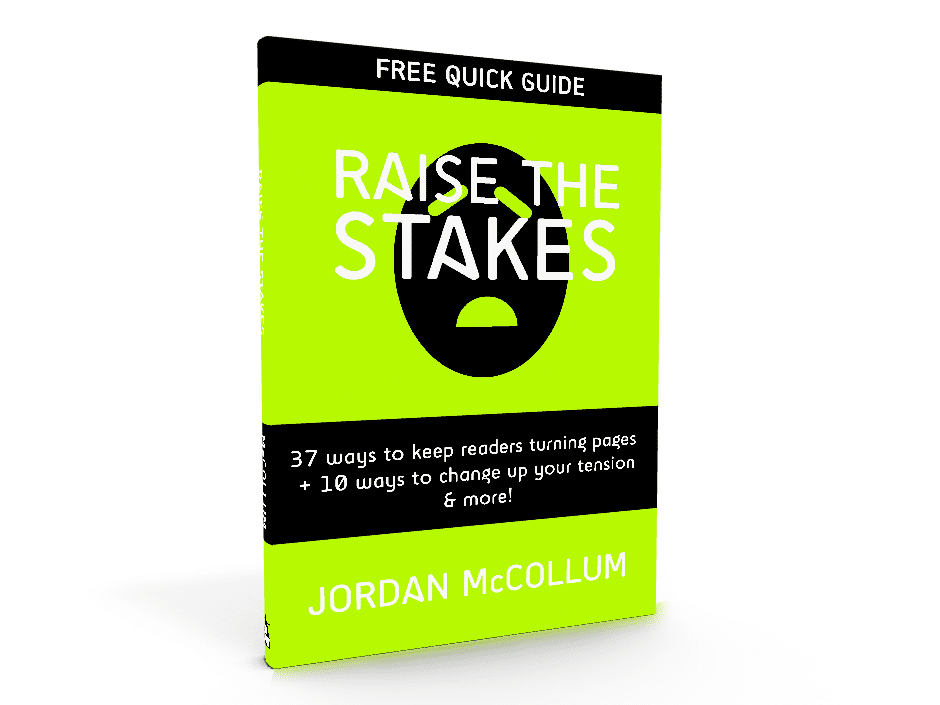I set goals all the time—and I’ve found the easiest way to achieve my goals is on autopilot.
I’ve posted this a couple times before, but I would be remiss if I let the season of New Year’s Resolutions pass without highlighting my favorite goal-achieving techniques!
“Autopilot” doesn’t mean coasting through the month, or setting absurdly low goals so I can achieve them, though. It means scheduling for me. I kind of beasted Nano 2011, and—especially the first week—I managed to do this without the world falling down around the ears. I’m the mom, of course, and I set the pace of the household. I do most of the housework. So how did I write 5000-6000 words a day (hours and hours of work) without running out of meals and clean underwear for the family?
I was already used to one very useful phone alarm: a 15 minute warning to the time we need leave for school. So I decided to expand on that and use the phone alarm to remind me to do laundry (and switch it, fold it, and hand it off to the kids to put away), work with the kids to empty the dishwasher, read with the kids, start dinner and go to bed on time.
Dinners were also planned: I took the calendar for the month and planned out our meals (actually, when I did this for 2012, I planned for the rest of the year because I found so many great recipes—you can see the online ones on my Pinterest). Last year, I focused on quick meals, slow cooker meals, meals I’ve squirreled away in the freezer, and family favorites. Themed nights were also big helps: Meatless Monday, Favorites Fridays, etc. It took a couple hours to write it out, but then for the rest of the month, meal planning was handled and I could just look at the calendar to make out my shopping list.
Even blog posts (on four blogs!) were planned the month in advance. Topics and dates went on the calendar. I made up post drafts for each of those days with the topics all ready to go. I stockpiled topics and full posts. On weekends, I filled in the remaining posts and scheduled them to go.
It actually went really well—until I finished my novel. And then I let a lot of it fall apart. But all that advanced planning helped me to maintain a good routine, be productive and run the house better than I usually did.
So how can that apply to other goals?
Schedule them now.
If you want to write 1000, 2000 or 5000 words a day, pick a time and put it in your schedule. (Doing it at the same time each day can help, too.) Unplug from the Internet. Schedule a time with the fewest kids distractions around. I’ve used a handy browser plugin that would block certain time-wasting websites during certain times of the day—another helper.
5000 words a day was my goal during Nano 2011. I broke it into chunks and assigned each chunk a time: 1500 in the morning, 1500 in the afternoon and 2000 in the evening. This year, my words-a-day goal is a more manageable 2000 when drafting (3000 for playing catch-up right now), but I’m still chunking that down.
This works for other goals, too. If you want to read a certain number of books next year, start collecting recommendations. Figure out whether you prefer reading on an eReader/mobile device (if you have one) or paper book. I like library books since they come with built-in deadlines—and, oh yeah, they’re free. Then figure out how long you can take per book (on average).
If you’re trying to research a project, make a list of resources, get them and give yourself a timeline to read them.
If you want to lose weight, schedule your exercise sessions with yourself. Make up healthy meal plans in advance. Buy and prepare healthy snacks.
We all know that goals should to be broken down into steps to be achievable. But what it really comes down to is to just do it, to quote Nike. Little reminders and baby steps help me.
What does it take to help you just do it?
Photo by Kent Wein
Originally posted in January 2012




 separated by a # or a *** or whatever you use. If a folder came before a folder, they were part of the same chapter. I didn’t have any folders next to folders, but when a file came before a folder, it was the beginning of a new chapter.
separated by a # or a *** or whatever you use. If a folder came before a folder, they were part of the same chapter. I didn’t have any folders next to folders, but when a file came before a folder, it was the beginning of a new chapter.



 I do like having character sketches and a little bit of my research (although there wasn’t much for this book) right there. Most of my research this time around was deep background, so it wasn’t worth saving. (Would this be enough X? Yes, great, moving on.)
I do like having character sketches and a little bit of my research (although there wasn’t much for this book) right there. Most of my research this time around was deep background, so it wasn’t worth saving. (Would this be enough X? Yes, great, moving on.) 



